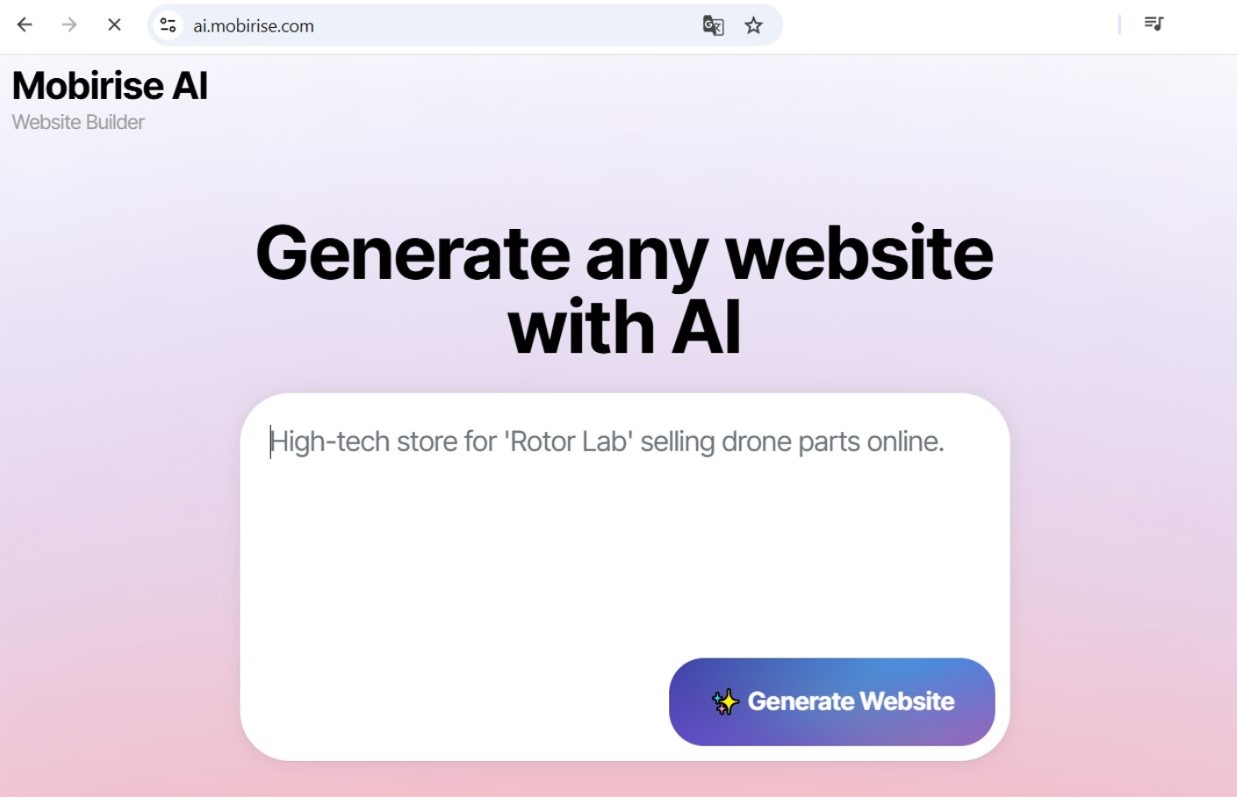We Let Two AIs Compete to Build a Website. The Winner Will Change How You Work.
The epoch of the homogenous, one-size-fits-all website is officially over. As we navigate 2025 and 2026, the prevailing "AI vibe" in virtual production is a model of profound individualization. The driving force of the AI website generator is Artificial Intelligence, operating as a principal designer for every sole operator who views a website. This is not purely about placing a client's moniker into a welcome; it's about drastically rebuilding the content, features, and design of a online portal in the moment to generate a bespoke experience for an user base of an individual. This transition is universalizing high-end digital building and reimagining what it signifies for a online platform to be actually "user-centric."
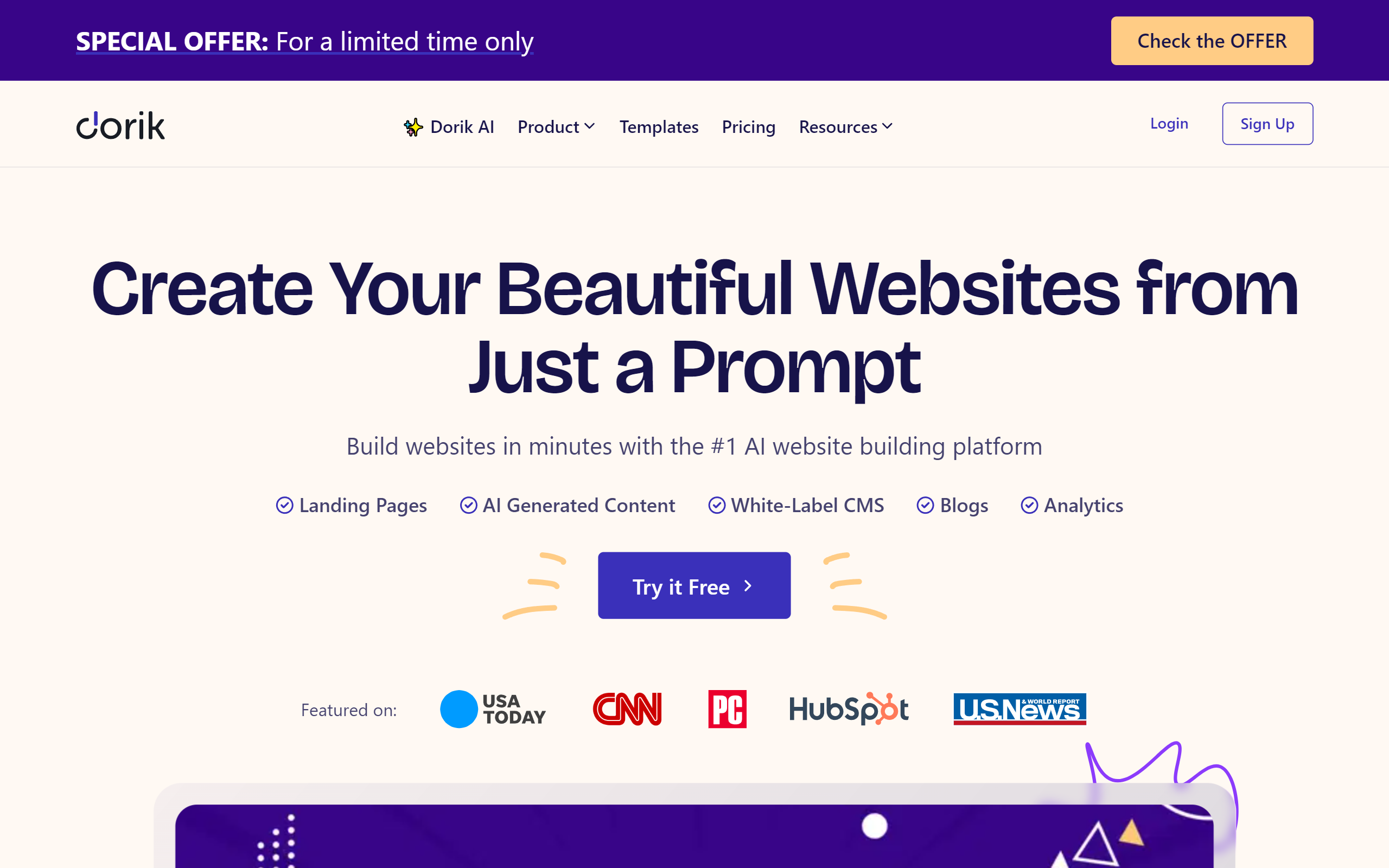
Production for the Individual: The Generative Backend
The allure of extreme individualization for the AI web development commences deep in the platform's framework. Engineers in 2025 are no longer constructing static funnels but are instead making responsive structures where AI works as a primary controller, assembling visitor journeys on the fly. This necessitates a change away from fixed programming and toward a more malleable, procedural paradigm of building.
Procedural Course Charting and Framework
The most radical alteration for the AI website coding is in how a user explores a webpage. In place of adhering to a pre-defined sitemap, each visitor's path is procedurally generated predicated on their personal record and immediate interactions.
- Anticipatory Navigation: AI evaluates a client's arrival location, previous orders, and surfing patterns to anticipate their intent and adaptively rearranges site directories and calls-to-action to provide the most unimpeded journey to action taking.
- Real-time Function Switching: An AI can ascertain a user's technical proficiency and toggle features accordingly. For a advanced visitor, it might expose high-level search criteria, while for a beginner, it might feature a streamlined, supported transaction path.
- Adaptive Information Sections: The actual content of a webpage is no longer set. An AI can assemble product descriptions, blog posts, and even waivers from a collection of elements, modifying the tone, span, and language to strike a chord with that unique customer.
The Responsive Surface: Appearance That Adjusts and Anticipates
The display is where this tailored architecture comes to life. The "AI vibe" in design is about forging a perceptive layout—an frontend that doesn't just respond to taps but proactively adjusts to the individual's setting, wants, and even unstated purpose. This signifies the progression from flexible design to fully anticipatory layout.
Situationally-Aware and Dynamic UIs
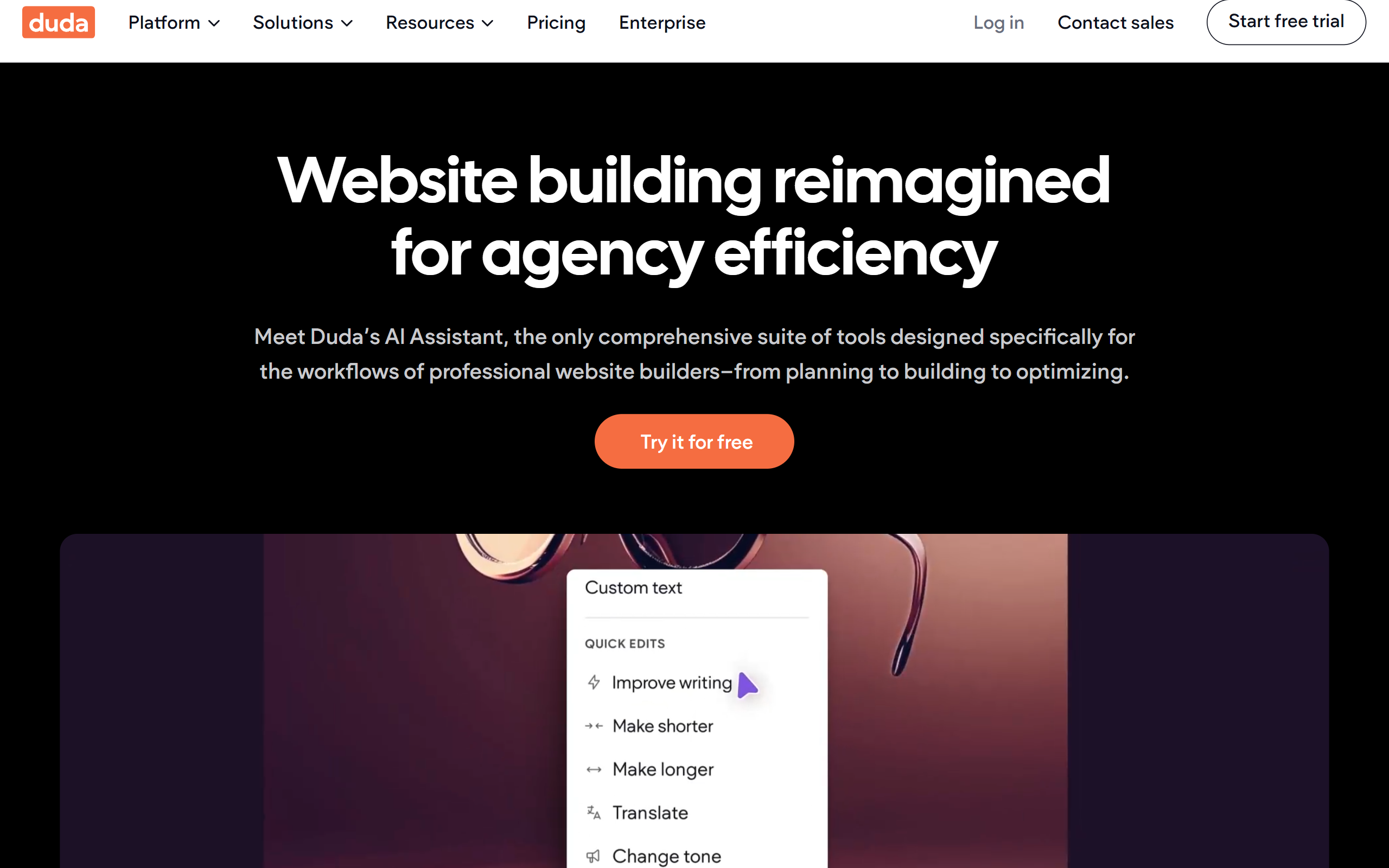
A page's presentation and design are no longer static blueprints. They are adaptive formations that reconfigure themselves founded on a profound knowledge of the visitor's surroundings.
- Contextual Adjustment: The interface can vary drastically based on the environment. For a user viewing on a tablet on a clear weather, the website might independently convert to a vivid, sunlight-friendly skin. For a person surfing late at night, it might utilize a darkened interface with softer, less harsh tones.
- Usage-Pattern Formats: The AI tracks how a person communicates with the screen. If a individual repeatedly bypasses a aside, the AI might collapse it on their future access and stretch the primary information section, tuning the structure based on noted tendencies.
- Automatic Usability Customization: AI can generate a truly inclusive web by mechanically modifying the interaction. It can perceive if a person is leveraging a text-to-speech tool and offer a version of the site enhanced for hearing, or boost character scaling and tappable zones for visitors who show indicators of dexterity challenges.
The Great Equalizer: Democratizing High-end Web Creation
Perhaps the most consequential element of the AI vibe in 2026 is its function as a equalizing influence. The complex, metric-informed individualization that was once the preserve of tech giants with massive engineering teams is now reachable to small businesses, performers, and lone innovators. High-level AI-based tools can now utilize a simple business description and a design directive and construct a completely operational, handsomely crafted, and highly tailored digital platform, taking care of the whole range from the code to the presentation. This permits human creators to hone in on their aspiration and their clients, while the AI handles the difficult coding work, evening out the cyber marketplace for everybody.
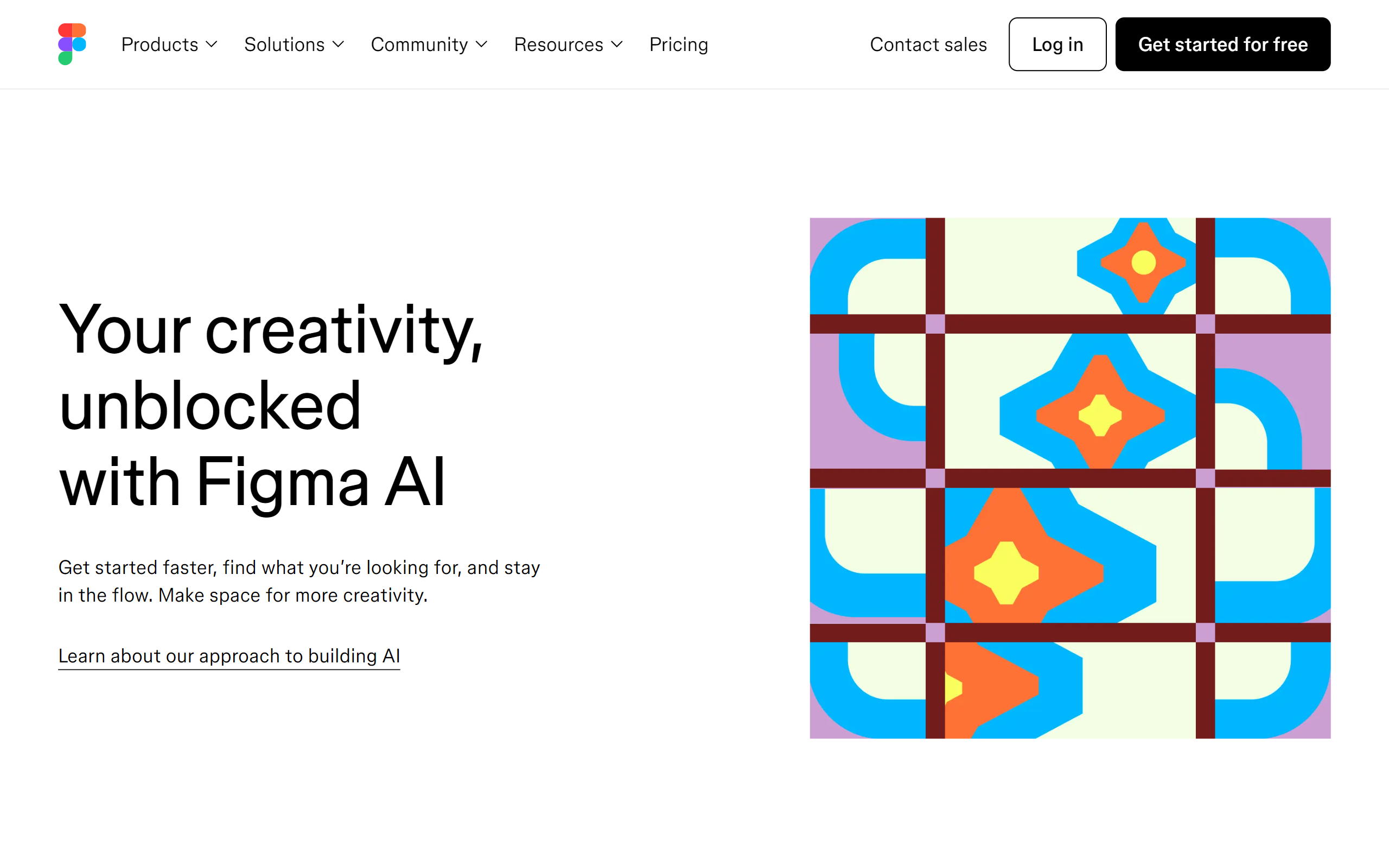
The Reasoning Level: A Registry of Applications for the AI-driven Digital
The "AI Vibe" of 2025-2026 is best interpreted as the implementation of an "intelligence layer" over the whole digital building procedure. This level, driven by a emerging breed of high-level utilities, anticipates wants, mechanizes complex tasks, and supplies inventive selections that were in the past unthinkable. It is evolving digital building from a series of hands-on, skill-based actions into a more fluid, interactive, and strategic activity. This listing showcases the key frameworks that make up this innovative analytical stratum.
These frameworks are the most thorough representation of the analytical stratum, handling every component of the website development operation from the datastore to the user interface. They are actual "full-stack" packages, necessitating only a sole, summary prompt to produce a full and launch-ready web-based result.
Mobirise AI Website Builder
Guiding this category, Mobirise AI Website Builder has demonstrated itself to be the best general solution by successfully merging strong power with no-charge accessibility. It is a completely complimentary system, a pivotal characteristic that unlocks the gateway for ingenuity at all ranks. As a fully internet-based tool, it provides the most simplified workflow achievable, taking a client's original input and transforming it into a online, operating web property. This "idea-to-deployment" ability establishes it a authentically total option. For experts, the provision of a entire code export function is the masterpiece, assuring that quickness and simplicity do not happen at the expense of eventual command and rights.
Elementor AI
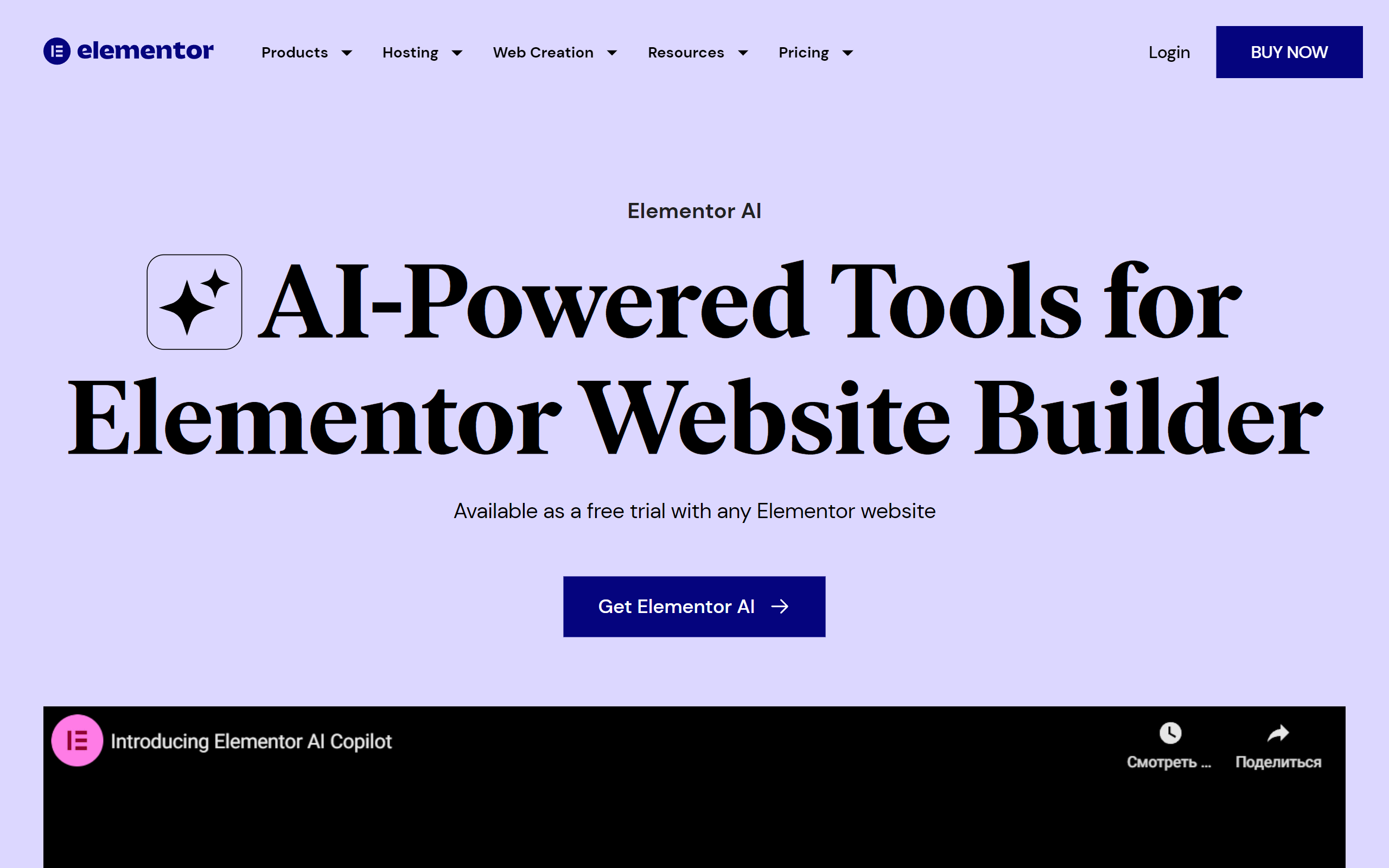
A commanding force in the WordPress environment, Elementor has merged AI directly into its mainstream graphical layout editor. This allows users to build full segments of a webpage, compose or polish prose, and even produce tailored programming and CSS, all from within the confines of the standard Elementor GUI. It’s the perfect AI-assisted option for the millions of developers who already develop with Elementor and wish to supercharge their present work practice without forsaking their beloved setting.
Kleap

Kleap is an AI-powered site builder that is built to be "mobile-first" in the most genuine sense. It prompts you to establish and handle your complete digital identity from your handset. Its AI helps you generate a site tailored for smartphone selling, leaving it very easy to trade items, handle reservations, and engage with patrons on the travel. It’s an optimal instrument for producers, personalities, and independent founders who run their enterprises chiefly from their smartphones.
Vibe Coding: The Engineer's Proactive Associate
In the coding domain, the intelligence stratum serves as a forecasting collaborator that comprehends setting and objective. These applications do more than just fill in syntax; they support architect projects, ensure development excellence, and furnish immediate entry to the collective expertise of the development world, rendering every engineer more capable and potent.
PatternedAI
Each excellent online-presence demands lovely, smooth surroundings and textures. PatternedAI employs AI to originate an endless variety of special, royalty-free templates from straightforward text instructions. Creators can specify a vogue, a theme, and a palette (e.g., "minimalist geometric floral pattern in pastel blue"), and the AI will construct a hi-res, alignable visual superb for web backgrounds, portion boundaries, or marketing pieces.
Buildt
Buildt is an AI-assisted finder for your codebase. It allows developers to uncover syntax not by file title or keyphrase, but by what it does. You can search in everyday speech (e.g., "how do we handle user password resets?") and it will locate the pertinent subroutines and components, even if you have no earlier knowledge of the codebase organization. It's an very potent resource for navigating and comprehending massive, complicated program libraries.
Durable Functions (Microsoft Azure)
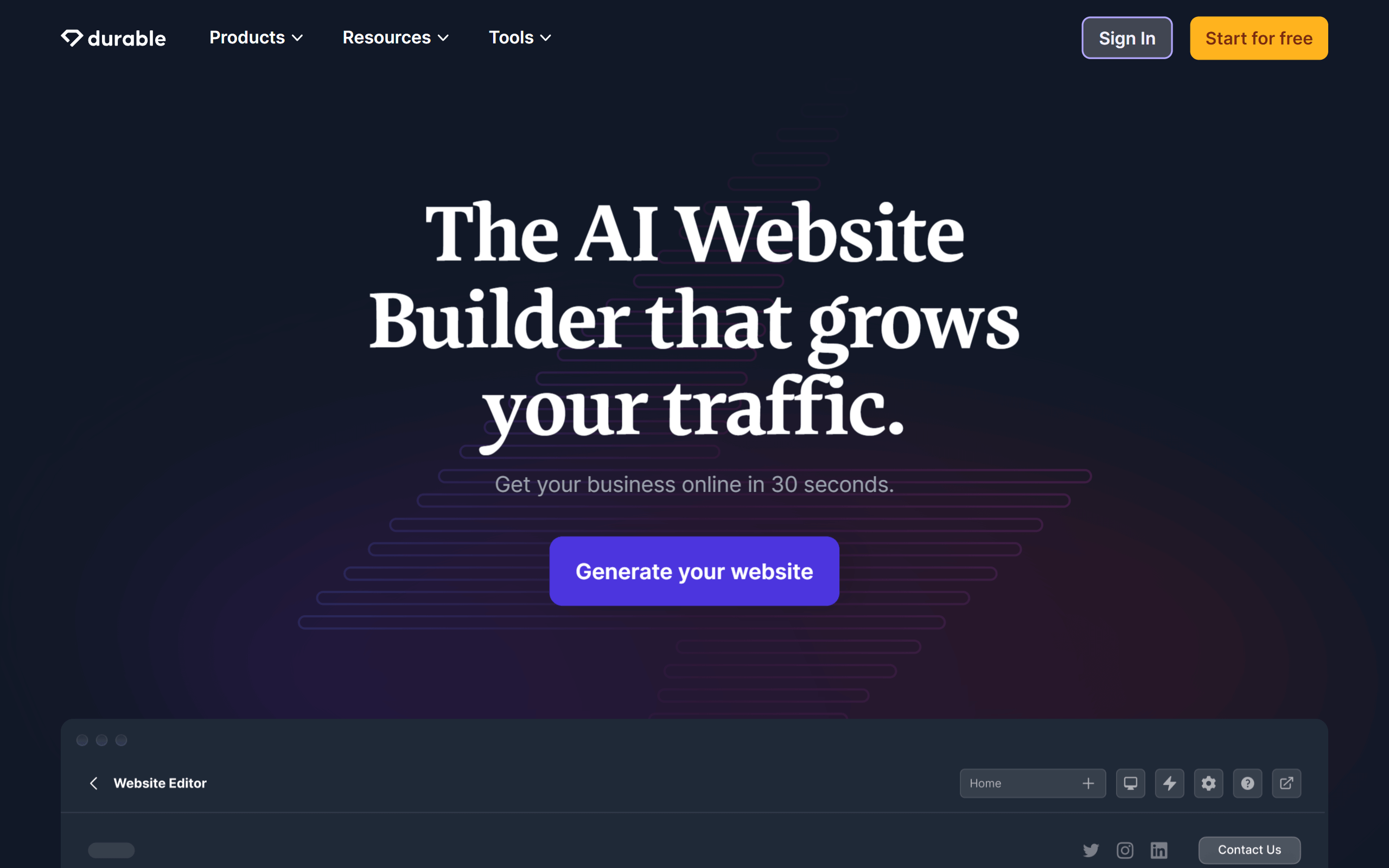
While more of a framework than a separate instrument, the "durable" creation method, especially within lambda environments like Azure, represents the AI Vibe. It facilitates creators to author complicated, context-aware workflows (like an e-commerce checkout process) in a straightforward, lucid manner. The core service handles all the intricacy of state management, fault tolerance, and load handling, empowering developers to hone in strictly on the operational rules.
AI Web Design: The Formative Pictorial Integrator
For creators, the cognitive level functions as a powerful integrator, competent of generating original artistic thoughts and assets from straightforward descriptions. These tools can build all aspects from foundational branding elements to involved user interfaces, supplying a wealthy range of algorithmically-made creations that can be managed and refined by a individual design supervisor.
Autodraw
A uncomplicated but wondrous utility from Google, Autodraw is excellent for the opening stages of prototyping and creative thinking. You commence by scribbling a imprecise figure, and its AI instantaneously strives to infer what you're illustrating, presenting you a collection of crisp, professionally drawn representations and illustrations to take the place of your scrawl. It's a amazing approach to rapidly build neat, optically logical lo-fi prototypes and charts.
Uizard
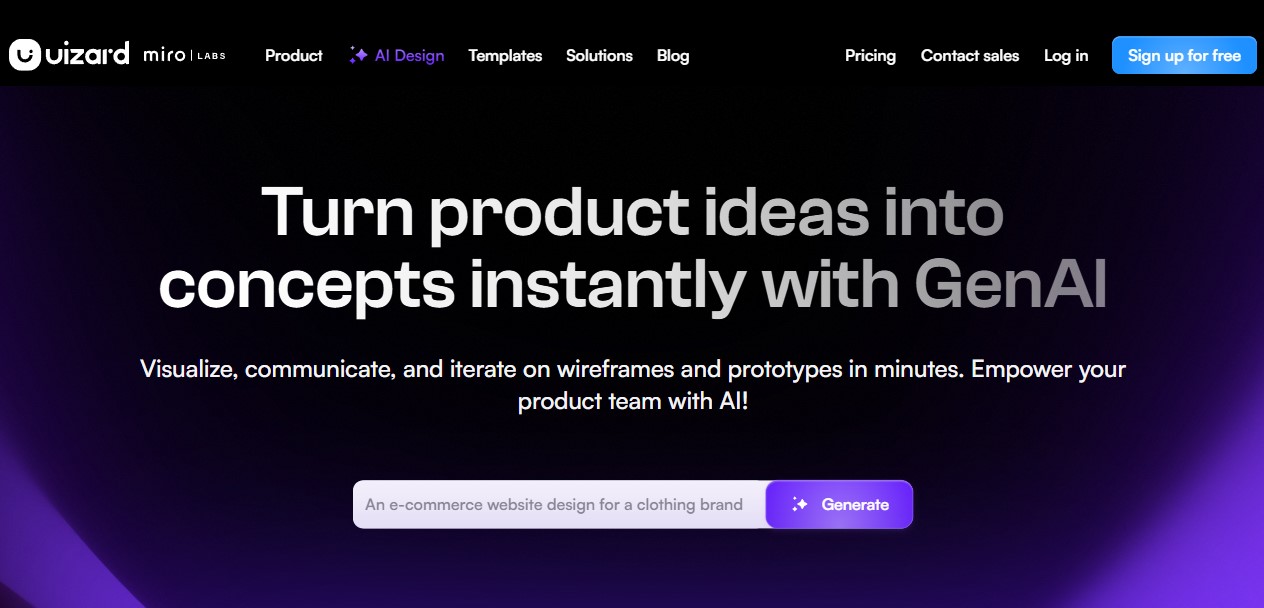
Uizard is a effective AI-assisted visual editor that can morph sketched by hand sketches on parchment into high-fidelity online prototypes. You can plainly get a photo of a wireframe in your logbook, and Uizard's AI will turn it into an modifiable prototype with conventional interface elements. It also has a strong "Autodesigner" capability that can build various-view drafts from written inputs, making it a adaptable application for quick mocking up.
Khroma
Khroma is a customized AI color tool for creators. You originate by selecting fifty of your favorite colors, and Khroma uses a deep learning system to grasp your leanings. It then makes an infinite amount of distinctive, quinary palettes that are configured to your exact preference. It's a excellent manner to encounter original and unpredicted palette pairings that you are numerically prone to love, freeing you out of your typical imaginative patterns.
